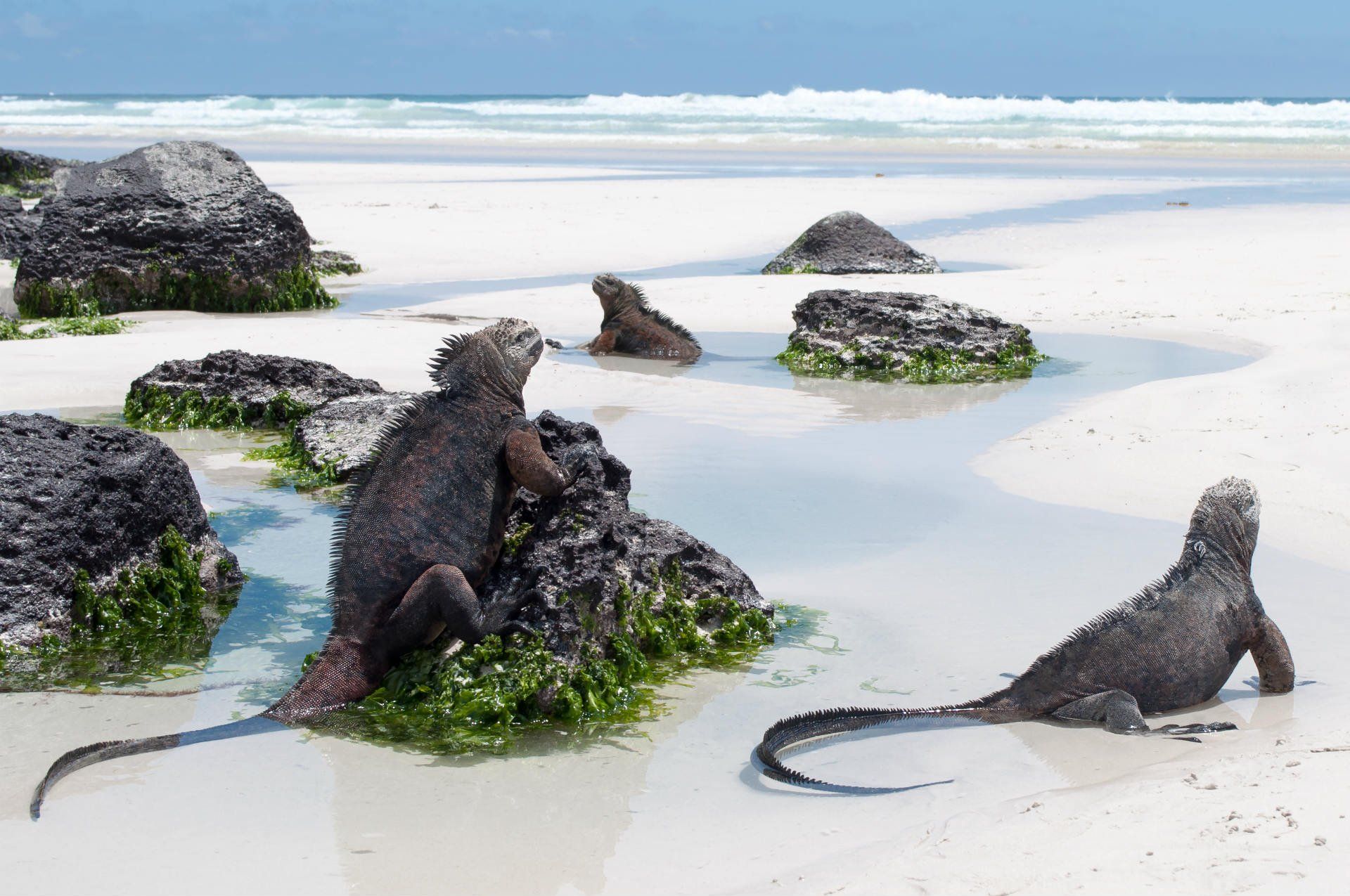What to do in the Galapagos Islands in February
It's fair to say, visiting the Galapagos Islands in February offers travellers a rich diversity of unique experiences. Read on to find out about a few of them.
Snorkelling and diving
As mentioned above, the weather in the Galapagos in February means the water is at its warmest, and most visible. As a result, February is a top time to visit to snorkel and dive.
Into diving? You’ll love our Diving Adventure trip.
Turtle-watching
With opportunities to see the islands’ famous giant tortoises around the year, February is notable for being a top time to green sea turtles come ashore to lay their eggs.
It really is a magical experience, and one you’re unlikely to forget.
Bird-watching
While you can see many species of bird in the Galapagos around the year (e.g. red-footed and masked boobies breed and nest year-round, while magnificent frigate birds breed year-round on North Seymour Island), February sees rather special avian action.
For example, Bahama pintail ducks (black-tailed pintail) start their breeding season in February. At the same time, greater flamingos start nesting on Floreana Island.
Meanwhile, masked boobies are coming to the end of their nesting season on Española Island, just as the nesting season of the Galapagos dove reaches its peak.
Get lucky, and you’ll also see finches nesting, and courtship displays of both finches and mockingbirds.
A word of warning though — in February penguin sightings are rare on Bartolome Island. This is because most of the population has already moved to cooler waters to the west
Other wildlife to watch in February
Note that dolphins and whales are seen here around the year, so you shouldn’t have an issue seeing some cetacean action if you visit in February.
In terms of reptiles, February is a great time to visit to see marine iguanas nest on Santa Cruz Island.
For more ideas, discover the best things to do in Ecuador.





